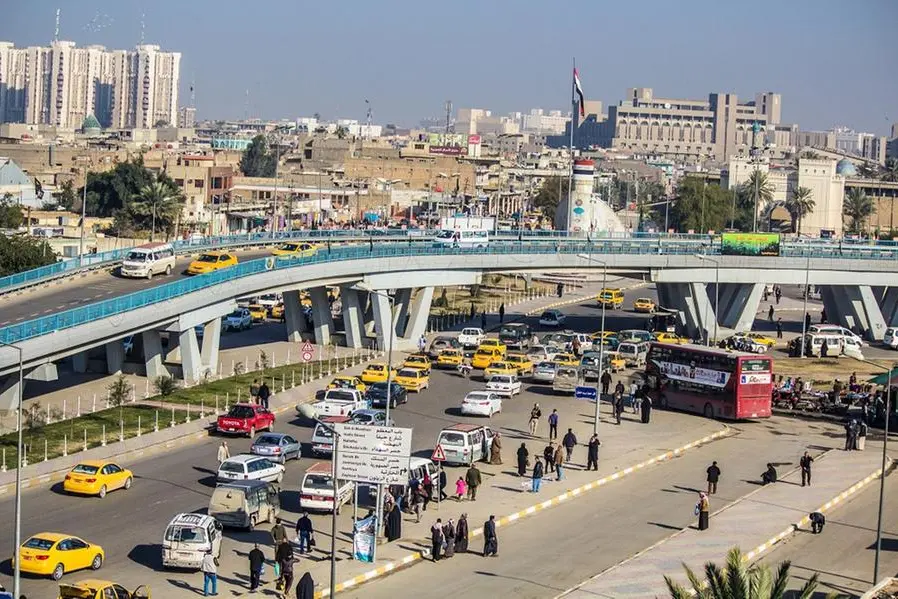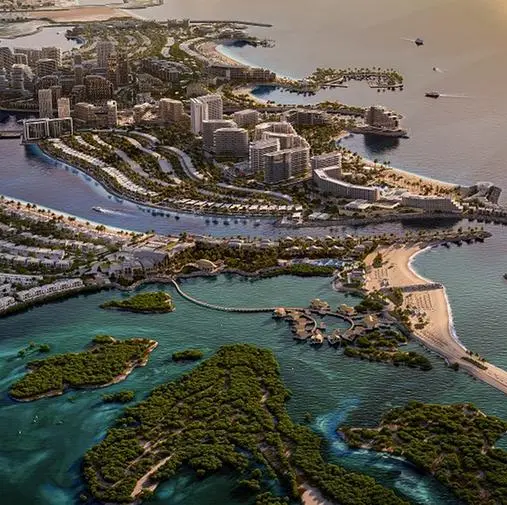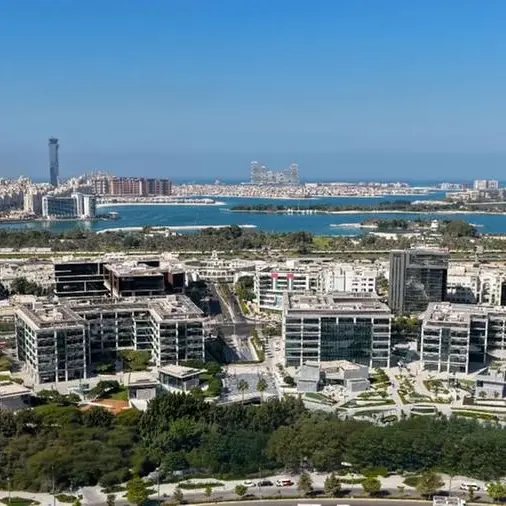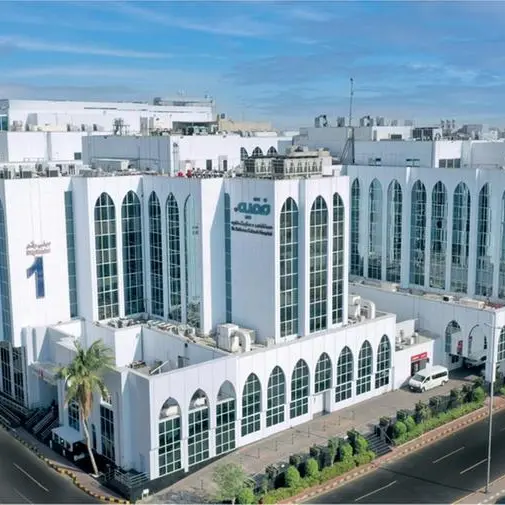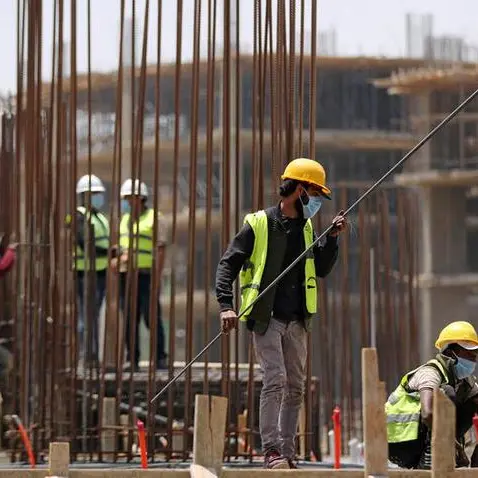PHOTO
The Middle East and North Africa (MENA) region faces the largest infrastructure funding gap in the Organisation of Islamic Cooperation (OIC), nearing $993.9 billion over a span of 25 years (2016-2040), according to ICD-Refinitiv OIC Infrastructure Outlook 2023 report.
Sub-Saharan Africa and Europe & Central Asia follow with a funding gap of $665 billion and $547 billion, respectively.
Among the seven sectors considered in the report - road, telecoms, electricity, water, rail, ports, and airports - MENA exhibits the most substantial funding gaps in five of them. Meanwhile, Sub-Saharan Africa leads in telecoms and electricity gaps, which are pivotal elements for the digital economy's physical infrastructure.
OIC’s $2.7trn funding gap
Overall, the funding gap for the 57-member OIC countries is estimated at $2.7 trillion during the 25-year period. The top 10 countries in terms of infrastructure funding gaps were Turkey ($405 billion), Egypt ($230 billion), Nigeria ($221 billion), Bangladesh ($192 billion), Iran (153 billion), Pakistan ($124 billion), Saudi Arabia ($115 billion), Kazakhstan ($84 billion), Iraq ($88 billion) and Malaysia ($77 billion)
However, each of these countries is a regional powerhouse undergoing rapid transformation to move higher along the value chain and unlock further economic growth.
The largest funding gap across the OIC of the seven sectors considered in the report is in roads, making up 53 percent of the total. The next largest gaps are found in telecoms, electricity and water, which between them contribute 38 percent of the gap, followed by rail, ports and airports with a combined 9 percent of the total.
Low- and lower-middle-income economies comprise 63 percent of the OIC infrastructure gap; lower-middle-income economies have the largest gaps in six of the seven sectors. Roads are the exception, where upper-middle-income countries account for the largest shortfall in funding.
Middle-income countries are looking to escape the middle-income trap and, as such, are likely to feature prominently in the OIC’s infrastructure needs until at least 2040.
The key challenges facing OIC countries in developing the infrastructure are lack of funding, limited institutional capacity, vulnerability to political risk, weak legal and regulatory frameworks, and the environmental and social implications of any infrastructure projects.
There are, however, significant opportunities to support economic growth and boost prosperity, increase trade, enhance social welfare, improve energy security and climate resilience, and improve regional integration.
The role of public-private partnerships
One increasingly used method of sourcing funding for infrastructure projects is public-private partnerships (PPP).
PPPs are an effective way of transferring the life-cycle costs of projects out of public-sector budgets while creating investable assets for the private sector, the report said.
They can be beneficial for both the public and private sectors in terms of efficiency, costs and access to expertise and resources, but there are drawbacks to consider, such as the complexity of such arrangements, including how they allocate risk, as well as the costs of their administration and the potential for public opposition.
Islamic finance funding
Islamic finance also emerges as a prominent funding source in OIC countries, aligning with asset-backed financing and risk-sharing principles. Islamic finance transactions, including sukuk issuance, complement conventional finance options for Shariah-compliant infrastructure financing.
The report recommended that OIC governments consider conducting country-specific needs assessments and business case appraisals that incorporate cost-benefit analysis, as well as looking at financing options such as PPPs, loans, grants, bonds/sukuk, and blended finance.
The countries should also ensure active stakeholder engagement and ensure projects comply with national regulations and permitting requirements, including environmental, safety and land-use regulations.
Infrastructure investment capacity can be improved by creating a favourable investment climate; building institutional capacity to effectively plan, design, build and manage infrastructure projects; developing a comprehensive national infrastructure plan; encouraging PPPs for infrastructure development, and promoting systematic and effective stakeholder participation, the ICD-Refinitiv report stated.
(Writing by P Deol; Editing by Anoop Menon)
